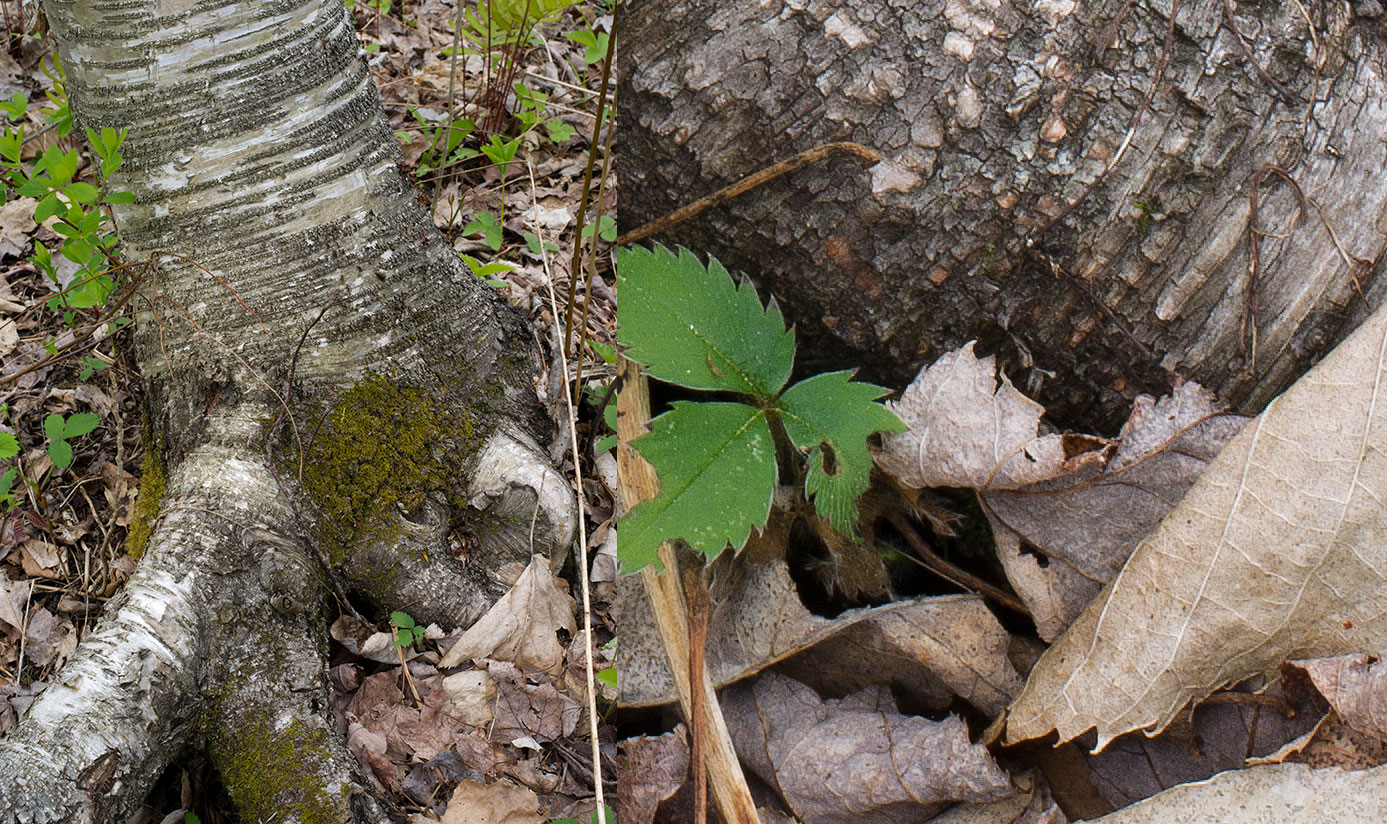Shashin, we probably agree more than we think. I think we both end up in using about the same apertures

. I'm not sure I'm arguing against you in some way even, I just try to explain my view on DoF in a little bit more detail. I surely agree that we can define CoC to whatever we like depending on what our purpose with it is.
What I try to say is that the traditional DoF with fixed large CoC (0.2mm for 8x10, 0.1 for 4x5, 0.03 for 35mm etc) which often end up in tables here and there and for hyperfocal advice etc do not give the results most digital users expect.
Digital users don't expect when they pixel peep their image that the infinity is blurry when they have used hyperfocal technique. A digital user would then have preferred to stop down more and focus farther ahead, which happens to provide a sharper image (or equally sharp) for all viewing conditions than the original one.
The traditional DoF tables are more about describing what is seen in a typical relaxed viewing condition after the print is made, rather than helping the digital user to achieve optimal result in the field which provides best possible input to make prints for various viewing conditions.
Nearly always someone asks about how to achieve the sharpest image. Then I think talking about the fuzzy subjective viewing condition-based DoF, "it depends on what you want etc" does not really help much.
I say
there is another way 
, a way to look at DoF that helps anyone optimize their shooting technique out in the field so that regardless of viewing condition of the final print there's the best input for it.
I actually use DoF/hyperfocal/tilt tables out in the field to make actual decisions about aperture, if it is better to tilt than to use hyperfocal, etc. CoC = Airy disk works. The resulting DoF is easy to understand what it means, a good reference point for deep DoF photography that helps you optimize your technique. It is also well-balanced, it does not lead to insanely small apertures, at the "emergency apertures" you really have lots of DoF.
Why Airy disk? Because landscape apertures are always diffraction-impacted in modern cameras so one does not need to care about pixel pitch, and it makes no sense to have a smaller CoC that the Airy disk since it defines the resolution limit (sort of, CoC = 0.8xAiry disk is probably more exact but at this level, the pixel level, it is not important). Why not larger than the Airy disk? Because if our goal is to get deep DoF and we have important stuff within it it makes no sense to give more sharpness in the plane of focus than at the DoF edges, then it is better to stop down more increase diffraction and get more DoF.
There are some subtle things around this of course but this DoF definition is very understandable and good to use as reference to make modifications from. But of course, if someone finds using a fixed size 0.04mm CoC more useful that's ok.
I don't want to claim that "my method" (I was certainly not first to use it) is some sort of ultimate truth, I just try to explain why it is really useful to base DoF calculations on that if you intend to use it out in the field when you do landscape photography, and why focusing based on traditional DoF tables do not give as good results.

